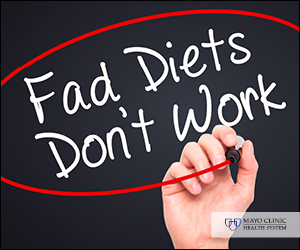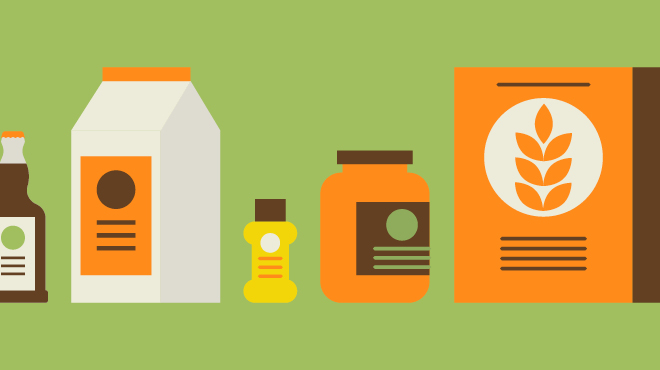Recent Posts
-

-
 Patient StoriesA lifesaver saved: An EMS veteran’s journey from rescue to recoveryNovember 14, 2025
Patient StoriesA lifesaver saved: An EMS veteran’s journey from rescue to recoveryNovember 14, 2025 -

1-2-3 approach to eating fruits and veggies

Is it a challenge for you to eat all five servings of fruits and vegetables every day? The 1-2-3 approach can help you pack in all your servings — and more — throughout the day.
Get six servings by eating:
- 1 serving with breakfast
- 2 with lunch
- 3 with dinner and snacks
Remember that the serving size for fruits and vegetables is about 4 to 6 ounces.
Measurements for one serving can differ depending on the food, such as:
- 1 cup of raw or cooked fruits and vegetables
- ½ cup of legumes
- 3 cups of leafy greens
When you add fruits and vegetables to your meals and snacks, you'll find that getting six servings can be easy and fun. Keep fresh, frozen and canned fruits and veggies on hand so it's easy to add them to meals and your favorite dishes.
Use these ideas for each mealtime:
Breakfast:
- Make a smoothie with fresh or frozen fruit. Try adding a handful of spinach or kale.
- Mix berries and chopped fruits into batter for pancakes, muffins and waffles.
- Top your cereal, oatmeal or yogurt with fruit, such as berries, peaches, apples or bananas.
- Add vegetables, such as peppers, onions and spinach, to omelets, hash browns or breakfast potatoes.
- Bring a piece of fruit for an on-the-go breakfast.
Lunch:
- Add extra vegetables to your sandwich or wrap. If you're eating out, ask for extra veggies.
- Make homemade vegetable soup for lunch. If you're buying prepared soup, compare nutrition labels and choose the option with the lowest amount of sodium.
- Build a salad with at least 3 cups of leafy greens. You can add chopped vegetables and fruit for more flavor and texture.
- Use leftover vegetables from last night's dinner as a side dish.
- Top a baked potato with salsa or broccoli.
Dinner:
- Make a stir fry for dinner with lots of vegetables.
- Grill vegetables with a minimal amount of oil or oil spray. Thread them on a kebab or toss in a grill basket. Grilling works for fruits, including peaches, pineapples and mangoes.
- Add extra vegetables to pasta sauces, casseroles and soups. Good options are onions, peas, beans, tomatoes, peppers and spinach.
- Steam, microwave or roast vegetables for an easy side dish. Use either fresh or frozen veggies.
- Serve a vegetable-based soup, such as a hearty mixed vegetable, squash, cauliflower, potato, corn or broccoli soup.
- Incorporate fruit into your dessert. Add it to gelatin desserts, make a parfait with yogurt or just serve fruit cut into chunks or slices.
Snacks:
- Keep raw veggies or a piece of fruit at your desk for an easy snack.
- Pack dried fruit in your purse, pocket or backpack to nibble on during the day.
- Dip apple slices or baby carrots in small amounts of peanut butter or almond butter. Try sprinkling cinnamon on apple slices.
- Put fruits and vegetables in easily accessible locations, such as the front of your fridge or counter, which will stop you from reaching for unhealthy foods when you're hungry. If you're low on time, try buying prepared trays with fruits and veggies that are already washed and cut.
Remember that when it comes to fruits and vegetables, more is always better. Don't be afraid to go over the recommended servings. Eating more of these foods can help crowd out higher-calorie foods and satisfy your hunger and cravings for something sweet. Making fruits and veggies a regular part of your diet is as easy as 1-2-3.
Anne Harguth is a registered dietitian in Nutrition in Waseca, Minnesota.



